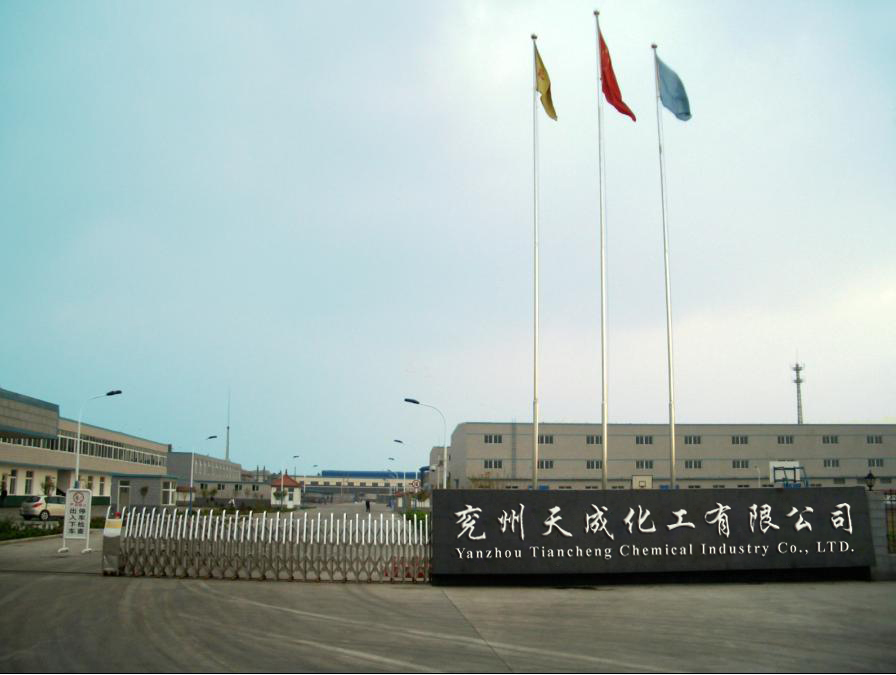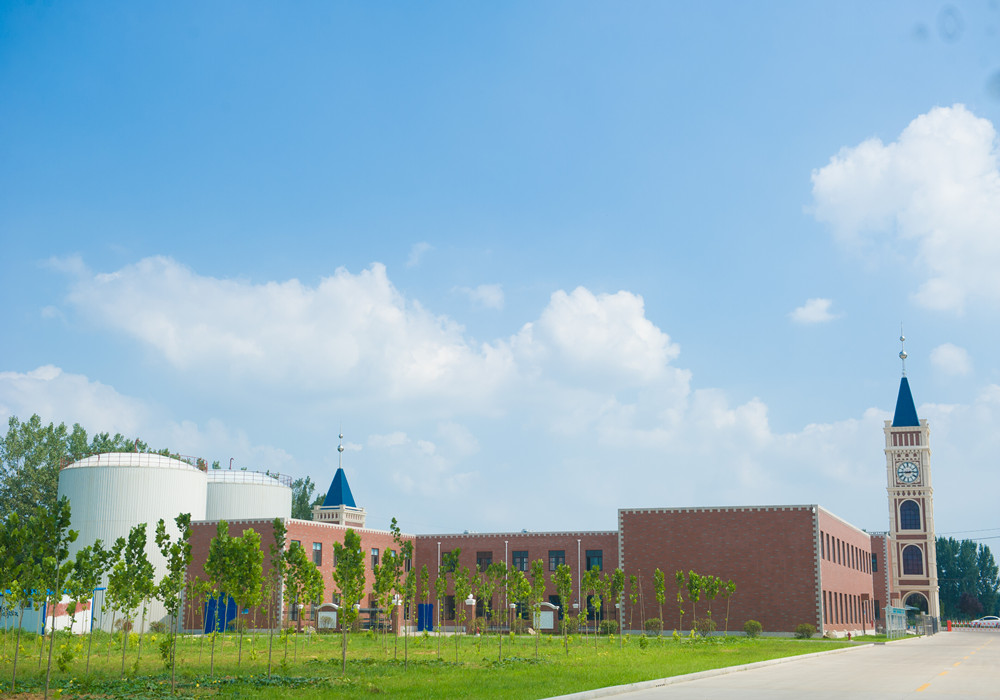Every winter, broiler farming faces significant challenges, especially in maintaining proper insulation, ventilation, and managing harmful gases. Additionally, disease prevention becomes more critical during this season. Broiler management is a complex process that requires careful attention to immunization, feeding, and staff training. Transparency and precision in each step are essential to improve overall productivity.
**1. Balancing Insulation and Ventilation**
During the cold winter months, the indoor temperature must be carefully controlled to meet the needs of the broilers. While it's important to ventilate the house to maintain air quality, sudden temperature fluctuations can cause stress and lead to respiratory diseases. It’s recommended to install ventilation outlets at least 1.5 meters above the chickens’ back to avoid direct exposure to cold air. When temperatures drop sharply, broilers are more prone to cold-related illnesses such as coughing, sneezing, and difficulty breathing.
To prevent drafts, the chicken house should be well-sealed. On flatlands, using thick bedding material like straw or wood shavings helps raise the floor temperature. The litter should be regularly replaced, and windows should be opened for short periods during midday to allow fresh air circulation. Ventilation should start at day 6 and gradually increase as the birds grow. Temperature control is crucial: before chicks arrive, the house should be maintained at 34.5–35°C. Once the chickens are inside, the temperature should rise by 1–2°C. In the first week, the ideal range is 35–36°C. As the broilers grow, the temperature should be gradually reduced—down to 30–32°C at two weeks, 26–28°C at three weeks, and finally stabilized around 23°C.
Monitoring the chickens' behavior is also key. If they huddle together, make loud noises, or appear lethargic, it may indicate low temperatures. Conversely, if they pant or drink excessively, the temperature might be too high. Adjustments should be made accordingly to ensure optimal conditions.
**2. Preventing Ammonia Build-Up**
Ammonia accumulation is a common problem in winter due to poor waste removal and damp litter. This can lead to ammonia poisoning, respiratory issues, and even ascites syndrome in fast-growing broilers. To reduce ammonia levels, the litter should be kept at least 5 cm thick and regularly cleaned. Watering practices should be minimized to prevent wet litter, and excess moisture should be removed promptly. Using materials like ferrous sulfate, superphosphoric acid, or hydrated lime can help absorb ammonia and reduce its concentration in the air.
**3. Improving Feeding Practices**
Proper feeding is vital for broiler health. New chicks should be given access to clean water before food, especially after long-distance transport. Forced feeding may be necessary for sluggish birds, but care must be taken to avoid crushing. Lighting should be consistent, with no unnecessary changes in intensity or duration.
The floor should remain dry, ideally using breathable materials like tri-soil instead of cement. Water supply should be controlled—generally, the amount of water should be 2–3 times the feed intake, but not excessive to avoid increasing litter moisture. Litter should be kept soft and dry, using materials like wood shavings. Regular turning of the litter prevents compaction and maintains comfort.
Feed formulation should account for lower temperatures, with increased energy content and reduced protein. Vitamins should be included to support immunity. Feed should be served at room temperature, and warm water can be provided when possible. Avoid using salt or high-fat ingredients to prevent digestive issues and sticky feces.
**4. Disease Prevention and Control**
Broilers are more susceptible to diseases in winter due to weakened immunity. Vaccination schedules must be strictly followed, and regular disinfection of the poultry house is essential. Empty houses should be fumigated with formalin, and non-toxic disinfectants used for spraying. Chickens should also be disinfected through both spray and drinking water methods.
Respiratory diseases are common in winter, often caused by poor ventilation and dust accumulation. These are non-infectious and result from improper management. To prevent them, ensure good air circulation while maintaining warmth. Humidity should be kept around 20% in the first week and 60% thereafter. For broilers over three weeks old, temperature should not fall below 21°C. Reducing stress and ensuring adequate nutrition will strengthen their resistance.
In addition, adding small amounts of antibiotics, vitamins, or baking soda to feed and water can help manage stress and reduce acidosis caused by breathing difficulties. By implementing these strategies, broiler farmers can significantly improve survival rates and overall performance during the winter months.
Paper Making Auxiliary Series
Shandong Tiancheng Paper Making Auxiliary Series
Tiancheng is one of the world`s largest manufacturers of chemicals, especially Alkyl ketene
dimer ( AKD Wax ) with 20 years experiences and cationic reagent (3-Chloro-2-hydroxypropyltrimethyl Ammonium Chloride/quat
188/CHPTAC), raw material for producing cationic starch in China.
Shandong Tiancheng Chemical Co., Ltd. was established in 1999, located in Shandong Yanzhou Chemical Industry Park of Economic Development Zone, a high- tech enterprise on business of research, development, produce, trade etc. with registered capital of 60 million yuan and total assets of 350 million yuan and 360 employees. The main products cover paper chemicals, rubber and plastic chemicals, pharmaceutical intermediates, pesticide intermediates, fundamentals of chemical engineering etc. The products are not only sold throughout the country, but also exported to North America, Europe, Japan, Korea, Southeast Asia and other countries or regions. The quantity, quality and technology of paper chemicals leads top in the world. The share is more than 20%, covering 40% of domestic market. Paper chemicals and Environmental plasticizers have passed Pony testing and certificated by SGS testing.
Other featured products:
General AKD Emulsifier 25% Quat 188 69%
Polymer emulsifier 40% PolyDADMAC
40%
Wet strenght agent 12.5%/ 25% Styrene Acrylic Copolymer
Fixing Agent 50% Poly Aluminium
Chloride
Sodium Gluconate Oxidized
starch
Partners who cooperate with us: SWI, National Starch, APP Indonesia's Sinar Mas
Group, U.S. IP, Japan's Oji Paper, Nine Dragons Paper, Sun paper, Kemira of
Finland, Japan Arakawa Chemical and other domestic/major multinational
corporations.


AKD Wax,AKD Emulsifier,High Polymer Emulsifier,Wet Strength Agent
Shandong Tiancheng Chemical Co., Ltd. , https://www.tianchengchemical.com

